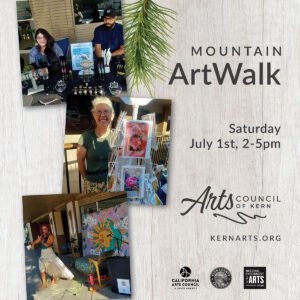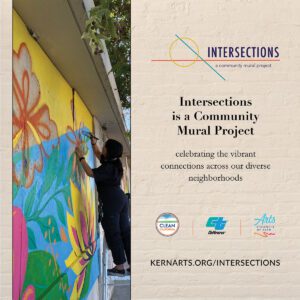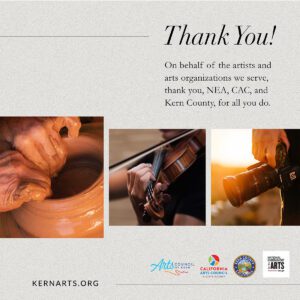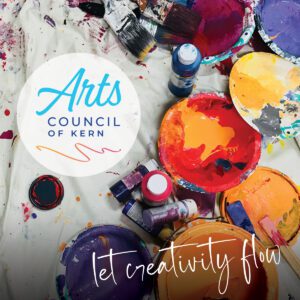How Does Art Impact People with Disabilities?

No question about it; the value of art is immeasurable across many lines. Art promotes freedom of creative expression and helps people to relax and think differently. One doesn’t have to be talented to create. Anyone can create art; in their way, different art forms help foster confidence and build self-esteem.
Society, culture, and wellness are all impacted by the arts. It’s vital to understand the value of art for people classified as having disabilities. If you were to guess, what percentage of Americans would you say live with some disability?
First, let’s define disability. A disability is a physical or mental condition that limits a person’s capacity to do something, and this might refer to physical movements, cognitive function, or other areas.
According to an article written by Ann Meier Baker on March 23, 2023, for the NEA, 26 percent of Americans have some disability. And when we count the families and friends of those with disabilities (who are also impacted), that number is higher.
Link disabilities to aging, which comes with its own set of limitations, and this percentage increases. Aging, how is that a disability?
Ask anyone living in a changing body, and they will answer this question. Physical constraints and age-related mobility issues, cognitive impairment, or any other changes that come with growing older can either disable us or cause us to feel inadequate.
“I used to be able to…”
Even having an aging body that goes against society’s standard of normal recategorizes us.
Anything that makes a person unable to do something others can do can be categorized as a disability; this is where art comes in.
Art has tremendous value for all of us. Regardless of skill, anyone can observe or practice art forms, and many famous artists moved beyond limitations to do so.
Michelangelo; Michelangelo is said to have dealt with chronic pain in his hands and feet, yet he continued to chisel away at masterpieces until he was 89 years old.
Goya; History remembers Goya as one of the best portrait painters ever. Biographers divide his works into two periods: before and after his illness. He suffered vision and hearing loss, as well as limited mobility. The ointments he used for relief contained mercury, as did the paints he used, which is also believed to affect his health.
Van Gogh; Van Gogh had temporal lobe epilepsy. He would fluctuate between periods of masterful productivity and depression, leading to his being diagnosed with bipolar disorder. During what was believed to be the manic phase, he was unstoppable, even penning 800 letters.
Octavia E. Butler; Octavia E. Butler, a world-famous science fiction author, wrote many modern classics, including ‘Kindred’ and the Parable series. She suffered from a learning disability known as dyslexia.
The list goes on.
The point of this article is to remind society that what might be classified as a disability doesn’t preclude or prevent people from creating in the vein of one or more art forms, nor does it prevent anyone from reaching for success.
And regardless of what might be labeled as abilities or disabilities, the mere experience of art has tremendous value to the quality of life. As an artist in any genre, you impact the world and others’ lives simply by creating.


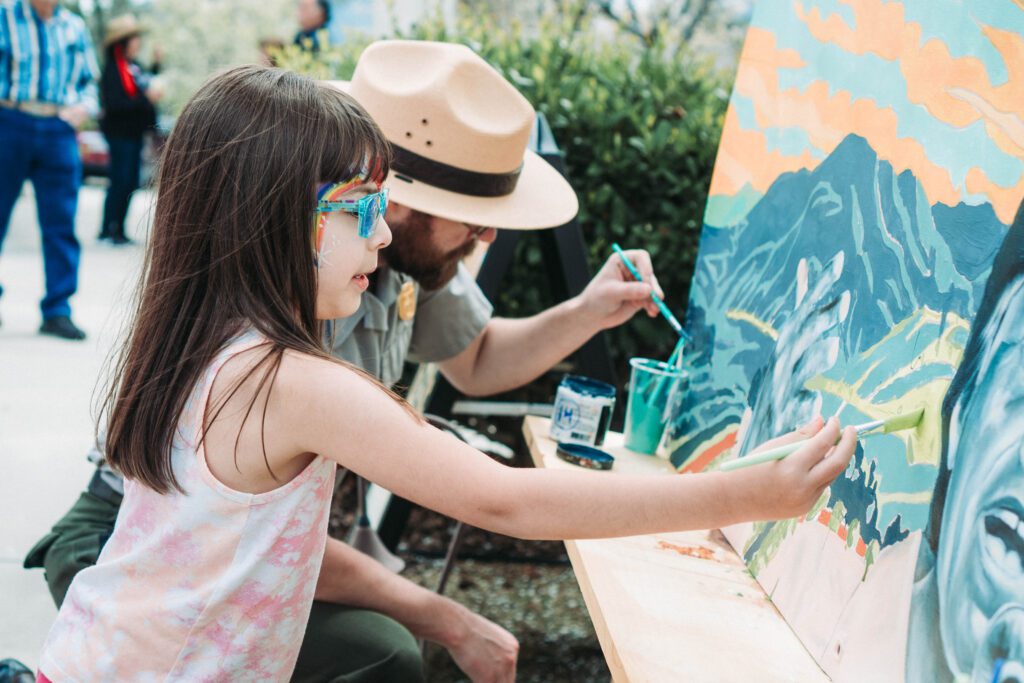
We’re looking for
Volunteers & Art Instructors
The Arts Council of Kern is looking for volunteers and instructors of all art forms for our events and art programs!
For volunteering opportunities contact info@kernarts.org
Local Events Happening
Enter your email below to learn about local events, new classes, and news throughout Kern County.
@ 2023 Kern County Arts Council | all rights reserved

